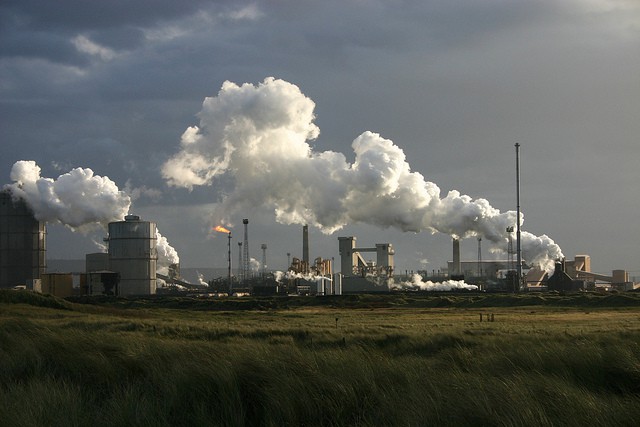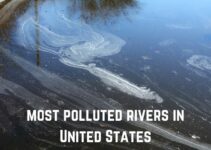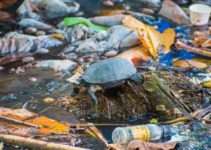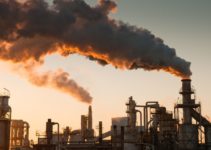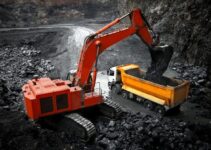With the coming of the Industrial Revolution, humans were able to advance further into the 21st century. Technology developed rapidly, science became more advanced, and the manufacturing age came into view.
With all of these comes one more effect: industrial pollution.
Earlier, industries were small factories that produced smoke as the primary pollutant.
However, since the number of factories was limited and worked only a certain number of hours a day, the levels of pollution did not grow significantly.
But things have changed.
Factories have become full-scale industries operating round the clock, a change that has caused industrial pollution to gain traction and become a global concern.
What is Industrial Pollution?
In the most straightforward terms, industrial pollution is pollution whose source originates from industry.
The industrial revolution brought more factories and technologies, which now stand to be blamed for the effect they’ve caused a lot of air, land, and water pollution on our planet over the years.
This pollution is one of the worst because the smoke and other chemicals emitted by industries into the air contribute a lot to ozone depletion, global warming, and health problems for animals and humans.
Moreover, these industrial pollutants release many harmful and unnatural chemicals into both soil and water, eventually leading to the extinction of some plant and animal species.
We abuse land because we regard it as a commodity belonging to us. When we see land as a community to which we belong, we may begin to use it with love and respect.
~ Aldo Leopold
Any form of pollution that can trace its immediate source to industrial practices is known as industrial pollution. Most of the pollution on the planet can be traced back to industries of some kind.
In fact, the issue of industrial pollution has taken on grave importance for agencies trying to fight against environmental degradation.
Countries facing sudden and rapid growth of such industries are finding it a serious problem that must be controlled immediately.
Industrial pollution takes on many faces. It contaminates several sources of drinking water, releases unwanted toxins into the air, and reduces the quality of soil all over the world.
Major environmental disasters have been caused due to industrial mishaps, which have yet to be brought under control. Below are a few causes of industrial pollution that have resulted in environmental degradation.
Industrial Pollution Facts
Industrial pollution is wreaking havoc on the Earth. Every nation is affected, and some people are working tirelessly to increase awareness and advocate for change.
The activities causing pollution include:
- Burning coal
- Burning fossil fuels like oil, natural gas, and petroleum
- Chemical solvents used in dyeing and tanning industries
- Untreated gas and the liquid waste being released into the environment
- Improper disposal of radioactive material
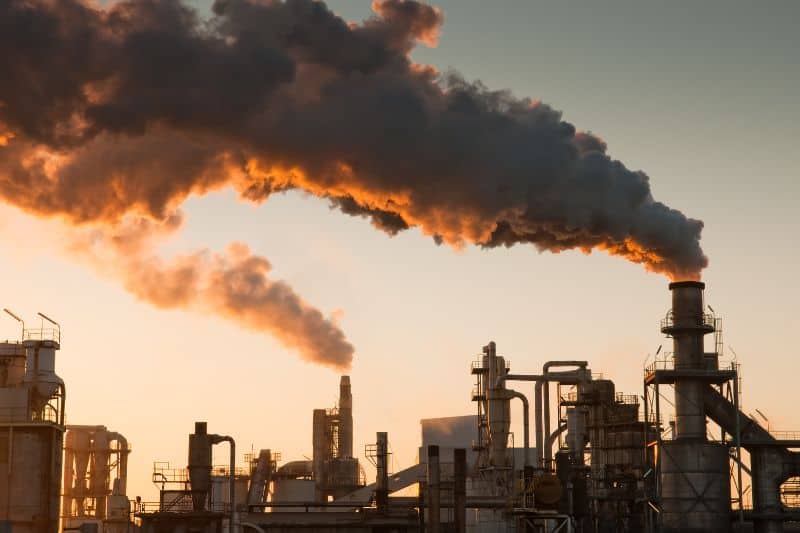
Causes of Industrial Pollution
1. Lack of Policies to Control Pollution
The lack of effective policies has allowed many industries to bypass laws made by the pollution control board, resulting in mass-scale pollution that has immensely affected many people’s lives.
2. Unplanned Industrial Growth
Unplanned industrial growth is the hasty expansion of industrial activities that neglects environmental sustainability. This results in heightened pollution caused by improper waste management, emissions control, and resource consumption.
3. Use of Outdated Technologies
In most industries, old technologies are still used in the production of goods as a way to avoid the high initial capital costs associated with new developments. Unfortunately, the old production technologies and techniques produce a great deal of pollution.
4. Presence of a Large Number of Small Scale Industries
Many small-scale industries and factories that don’t have enough capital and rely on government grants to run their day-to-day businesses often escape environmental regulations and release many toxic gases into the atmosphere.
5. Inefficient Waste Disposal
The mismanagement of waste within industrial settings is a major contributor to environmental pollution. Failure to properly handle waste leads to the release of toxic substances into the air, water, and soil. Insufficient waste treatment facilities, improper handling of hazardous materials, and the absence of recycling programs compound the issue.
6. Leaching of Resources From Our Natural World
For industries to generate completed goods, a lot of raw materials are needed. This necessitates the removal of minerals from deep inside the earth, a task frequently carried out by machinery powered by fossil fuels. It is hazardous for marine life when the oils leak into the ground and eventually into the sea.
Effects of Industrial Pollution on Our Environment
1. Water Pollution
The effects of industrial pollution are far-reaching and liable to affect the ecosystem for many years to come. Most industries require large amounts of water for their work. When involved in a series of processes, the water comes into contact with heavy metals, harmful chemicals, radioactive waste, and even organic sludge.
These are either dumped into open oceans or rivers. As a result, many of our water sources have a high amount of industrial waste, which seriously impacts the health of our ecosystem. The same water is then used by farmers for irrigation purposes, affecting the quality of food produced.
Actually, many groundwater supplies are currently unusable for both people and wildlife due to water pollution. At best, it can be recycled and used again in other sectors.
2. Soil Pollution
Soil pollution is creating problems in agriculture and destroying local vegetation. It also causes chronic health issues for the people that come into contact with such soil on a daily basis.
3. Air Pollution
Air pollution has led to a steep increase in various illnesses, and it continues to affect us every day. With so many small, mid-sized, and large-scale industries coming up, air pollution has taken a toll on our health and that of the environment.
4. Wildlife Extinction
In general, the problem of industrial pollution results in the failure of natural cycles and patterns, which has a serious impact on wildlife. It is becoming more difficult for the environment to recover from each natural disaster as habitats are destroyed, species are going extinct, and these trends are continuing.
Industrial disasters – such as oil spills, fires, and radioactive material leaks – have a devastating impact that can be difficult to mitigate due to the short timeframe in which their effects occur.
5. Global Warming
With the rise in industrial pollution, global warming has been increasing at a steady pace. Emissions of smoke and greenhouse gases from industrial practices have greatly contributed to this issue.
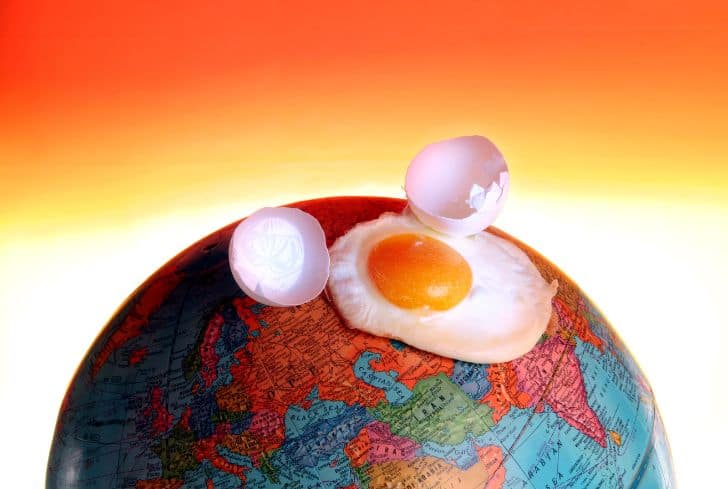
The devastating impacts of global warming are seen in the form of melting glaciers, the endangerment of polar bears, and natural disasters such as floods, tsunamis, and hurricanes.
6. Biodiversity Loss
Industrial pollution continues to cause significant damage to the earth and its inhabitants due to chemical wastes, pesticides, radioactive materials, etc. It affects wildlife and ecosystems and disrupts natural habitats. Animals are becoming extinct, and habitats are being destroyed.
The growing amount of liquid, solid, and hazardous wastes endangers ecosystem’s health and jeopardizes food, water, and health security. Industrial pollution disasters, including oil spills and radioactive leakage, take years to decades to clean up.
7. Atmospheric Deposition
The other effect of industrial pollution is increasing the Cadmium (Cd) content in the soil. Several studies have found that mines can contribute to this contamination, resulting in topsoils that show varying levels of Cd concentrations.
Industrial effluents are commonly discharged to surface water drainage systems after clarification in tailing ponds. Recent investigations have disclosed very high concentrations of Cd in the overbank and bottom sediments of the rivers.
Ways to Control or Reduce Industrial Pollution
Industrial pollution is a worldwide issue. Its negative impacts are increasing, and numerous organizations and individuals are working to reduce carbon footprints.
Despite these attempts, the problem of industrial pollution persists, and long-term, focused work is required to address it successfully.
But despite the efforts, industrial pollution remains rampant and may take years of collective commitment to control and regulate properly. Here are some of the steps that can be taken to seek permanent solutions to the problem.
1. Source Control
Adopting new technology, effectively training staff for safe use, developing better waste disposal technologies, and being more mindful about the use of raw materials can all assist to limit industrial pollution at its source.
2. Recycling
Recycling as much polluted water in the industries as possible by increased recycling efforts to reduce industrial pollution.
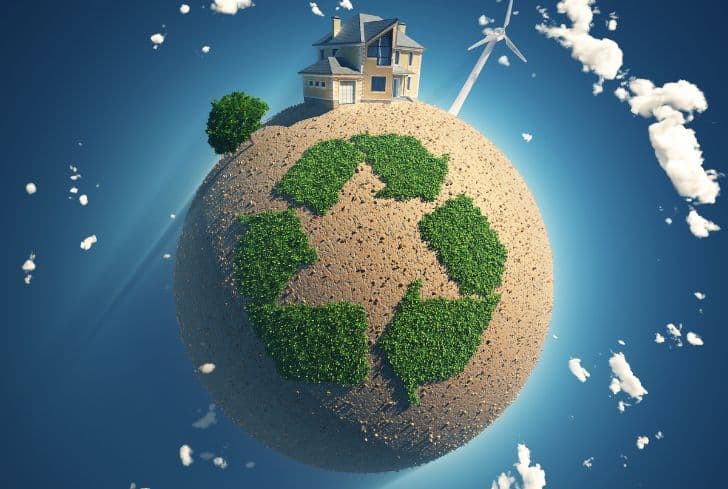
3. Cleaning of Resources
Organic methods should be adopted to clean the water and soil, such as using microbes that use heavy metals and waste as feed naturally. Cooling rooms or bins need to also be developed to allow industries recycle the water they use instead of pushing it back into the natural water source it came from.
4. Industry Site Selection
It’s also imperative to consider the location of sites before establishment and the potential impact on the surrounding environment as a way to help reduce harmful consequences.
5. Proper Treatment of Industrial Waste
This can be attained by developing and implementing adequate treatment facilities for handling industrial waste and adopting proper habits that can help reduce pollution.
6. Rebuilding Habitats and Afforestation
Rebuilding habitats by planting more trees and plants can help give wildlife back their homes, and the trees can help purify the air with enough oxygen and act as a buffer against the environment.
7. Stricter Laws and Enforcement
The Environmental Protection Agency (EPA) should come up with even more stringent regulations on environmental conservation and impose harsher penalties on individuals and companies that violate these measures while at the same time recognizing those that operate ethically.
8. Regular Environmental Impact Assessments
To foster environmental consciousness in industries, it is imperative to conduct periodic environmental impact assessments and report the findings for evaluation. If any adverse effects on the environment are detected, appropriate mitigation measures must be implemented and enforced.
How do industries pollute the environment?
Industries contribute to environmental pollution by dispensing toxic waste into the air, water, and land.
Speaking of air pollution, factories are undoubtedly a common source of toxic smoke, which releases hazardous chemicals and gases into the atmosphere. This smoke poses a significant health risk for humans, animals, and plants.
Even more, some of these gaseous emissions contribute to the depletion of the ozone layer and the exacerbation of global warming. This perfectly explains why the need for sustainable industrial practices has never been more important.
Water pollution, on the other hand, comes from the wastewater that factories dump into oceans or rivers. This water is often untreated and therefore contains toxic chemicals that harm aquatic life. Even worse, this water is sometimes recycled for commercial use or irrigation, posing high health risk to plants as well as humans and animals that consume them.
Lastly, land pollution occurs when industries contaminate the environment by throwing their untreated waste, whether liquid or solid, on land. This waste causes soil pollution, attracting agricultural problems and chronic health issues for humans and animals.
Even worse, the effects of land pollution stretch beyond causing health problems for animals and plants; it can cause the extinction of some animal and plant species, affecting the ecological system in its entirety.
